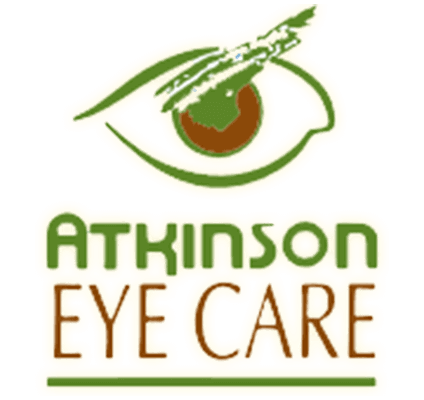
Prokera
 What is Prokera?
What is Prokera?
Prokera is used to promote ocular surface healing, reduce scarring and minimize ocular inflammation. It is a combination medical device, meaning that it is a medical device with a drug-delivering component.
Prokera uses an FDA-cleared cryopreserved amniotic membrane that helps restore the cornea to it’s natural, healthy state. It quickly reduces inflammation and provides patients with symptom relief that can accompany ocular surface disease.
What Conditions Can Prokera Help Treat?
Eye doctors around the world use Prokera to treat patients who have keratitis (corneal inflammation), corneal scars, corneal defects, chemical burns, partial limbal stem cell deficiency and other ocular surface conditions that involve inflammation.
How Does Prokera Work?
Prokera contains amniotic membrane tissue that supports the healing of damaged ocular surfaces.
The amniotic membrane is a part of the placenta that surrounds the baby throughout the pregnancy and helps protect the baby from harm. This tissue has natural biological properties that aid in tissue repair.
The clear, thin amniotic membrane that lines the inside of Prokera also helps to protect the damaged tissue while it’s inserted. Eyes with surface damage that have been treated with Prokera have less scarring and inflammation than eyes that are left to heal on their own.

Before |

After |
Is Prokera Safe?
Yes. The amniotic tissue used in Prokera is provided by an FDA-regulated tissue bank.
The amniotic membrane is donated by healthy mothers who give birth via c-section. All donors and tissues are assessed for quality control and must pass screenings that involve health habits and medical tests.
What Can Patients Expect With Prokera?
Your eye doctor will insert Prokera into your eye, which is similar to a large contact lens. For best results, Prokera should stay in your eye for 3-5 days before your eye doctor removes it.
Prokera shouldn’t feel uncomfortable, but you may be aware that it’s there.
Once it’s inserted, avoid rubbing your eyes or moving Prokera with your fingers. You should also avoid forceful blinking, swimming or inserting other medications or eye drops into your eyes while Prokera is still inserted. When showering, make sure to tightly close the treated eye.
Keep in mind that the healing benefits of Prokera will last, even after it is removed.
Interested In Prokera? Contact Us!
Our practice uses Prokera to help patients with ocular surface disease achieve optimal healing. If you think Prokera is for you or simply wish to learn more about this effective treatment, we invite you to call us today.

 What is Prokera?
What is Prokera?